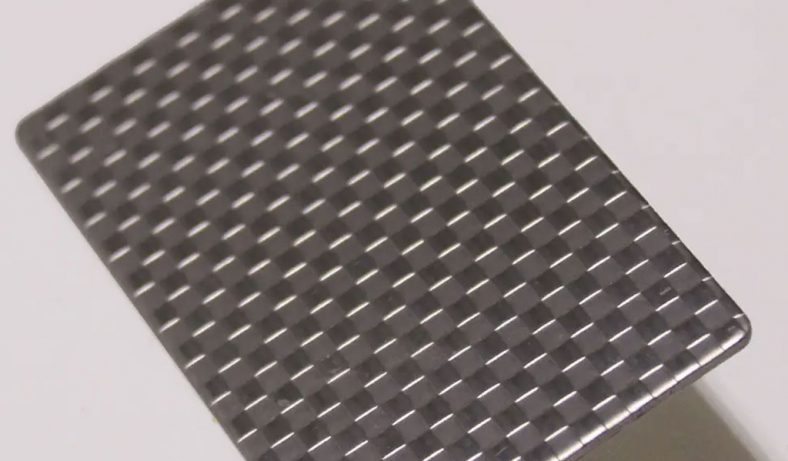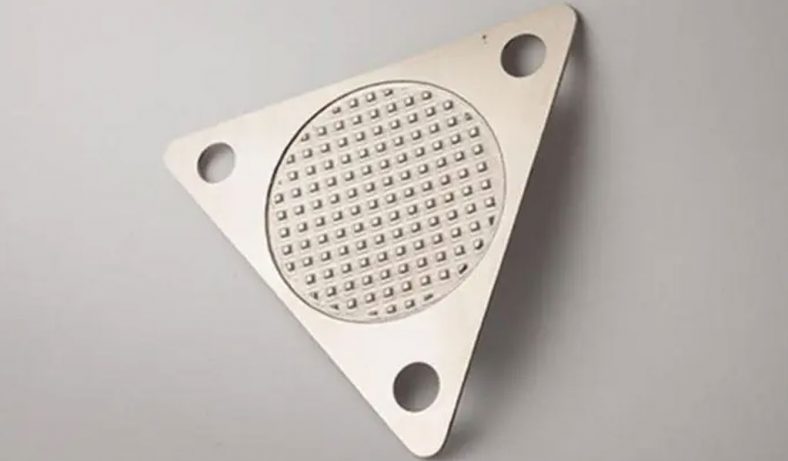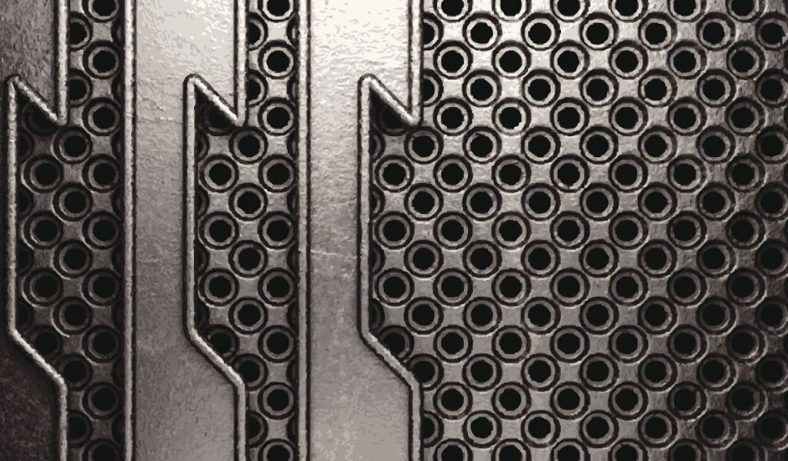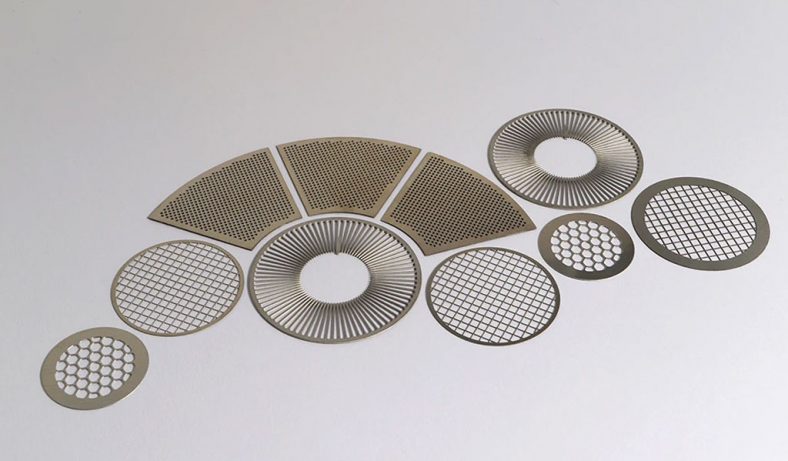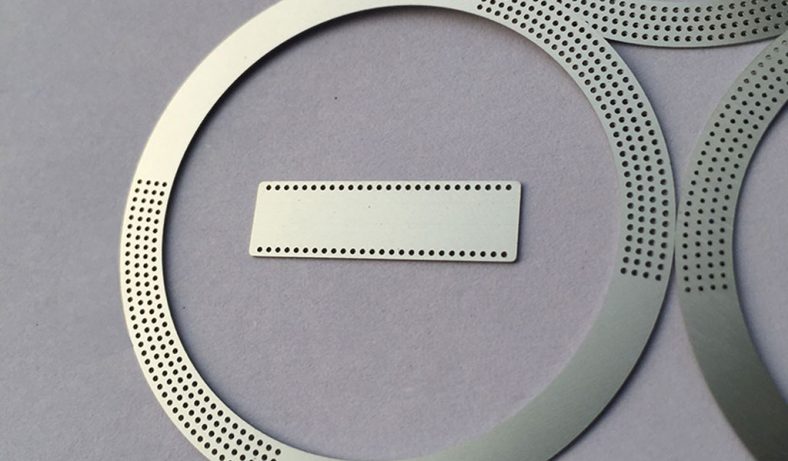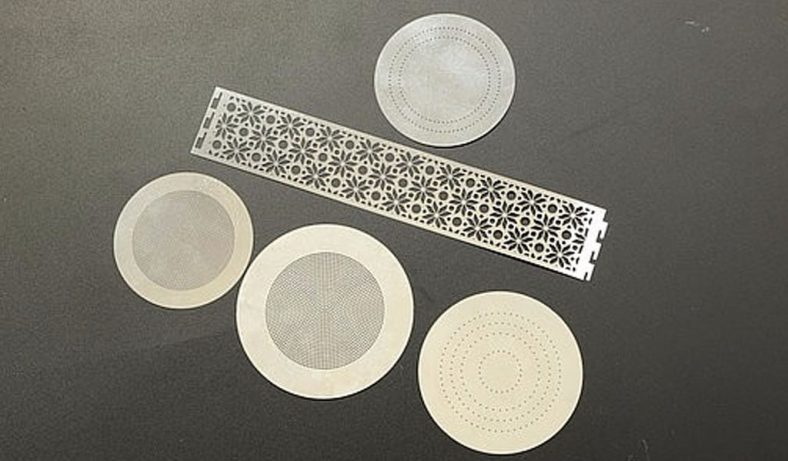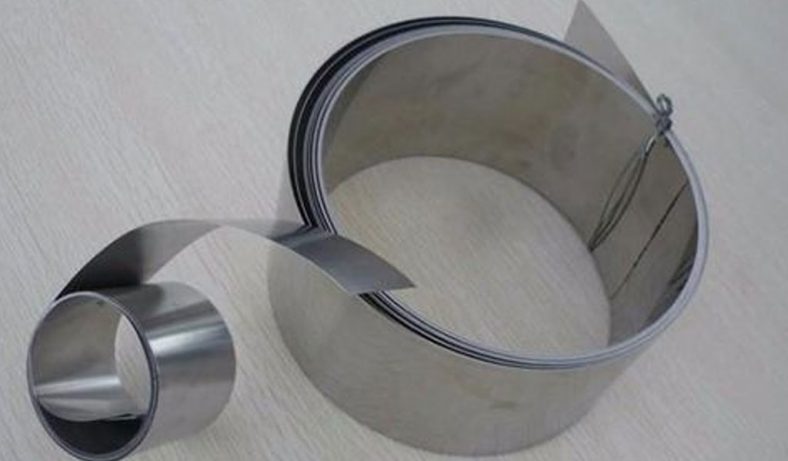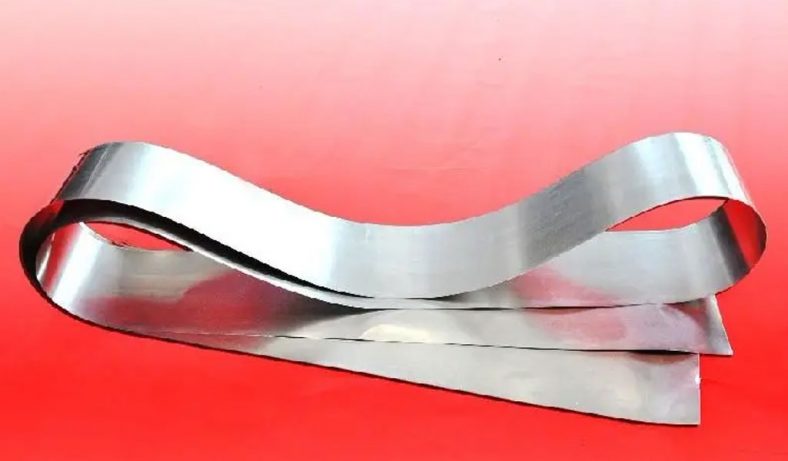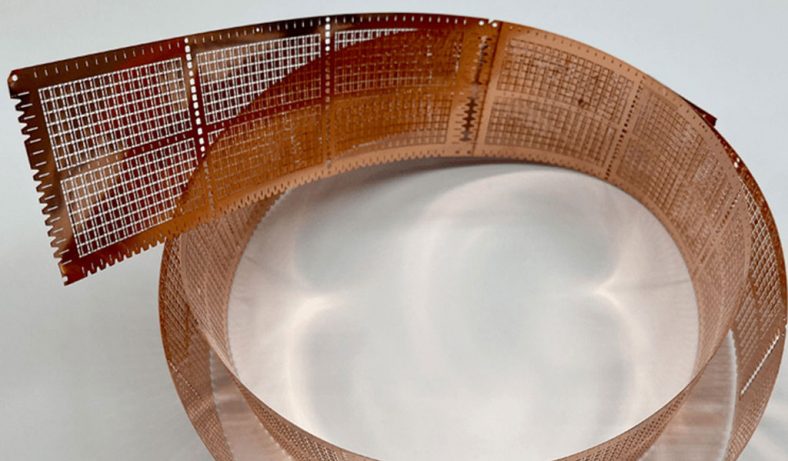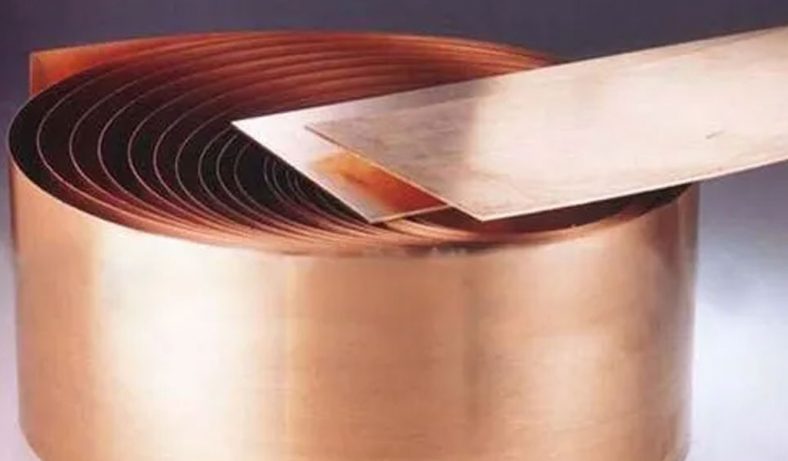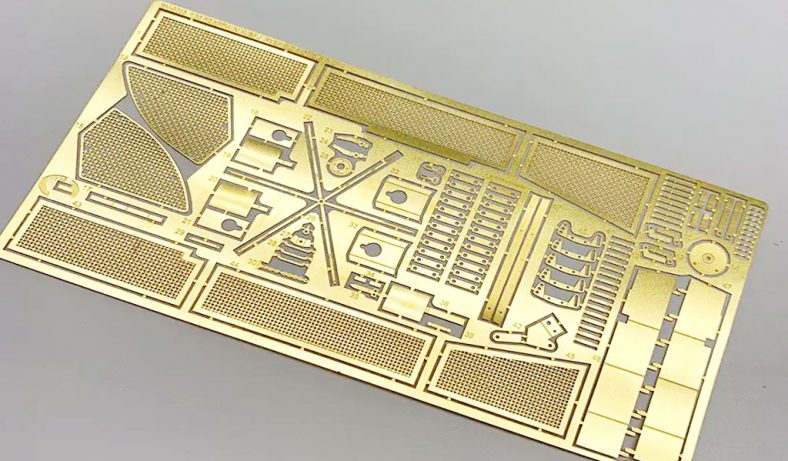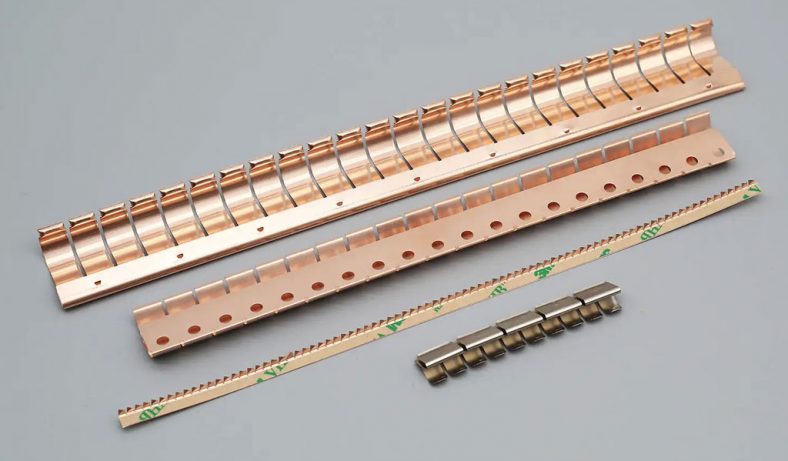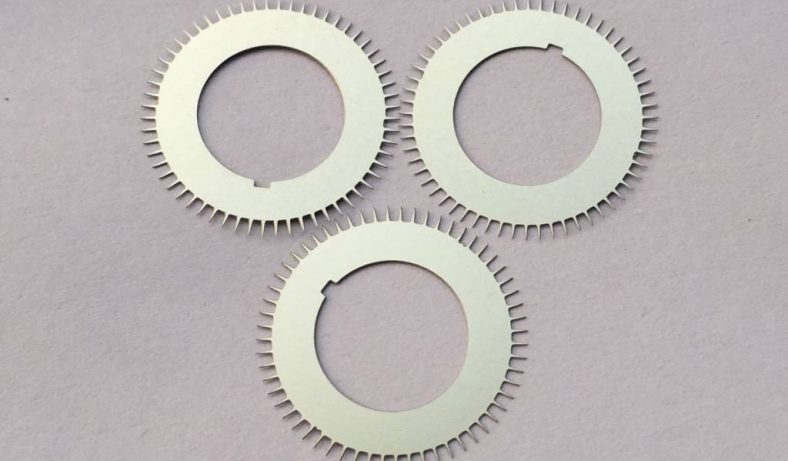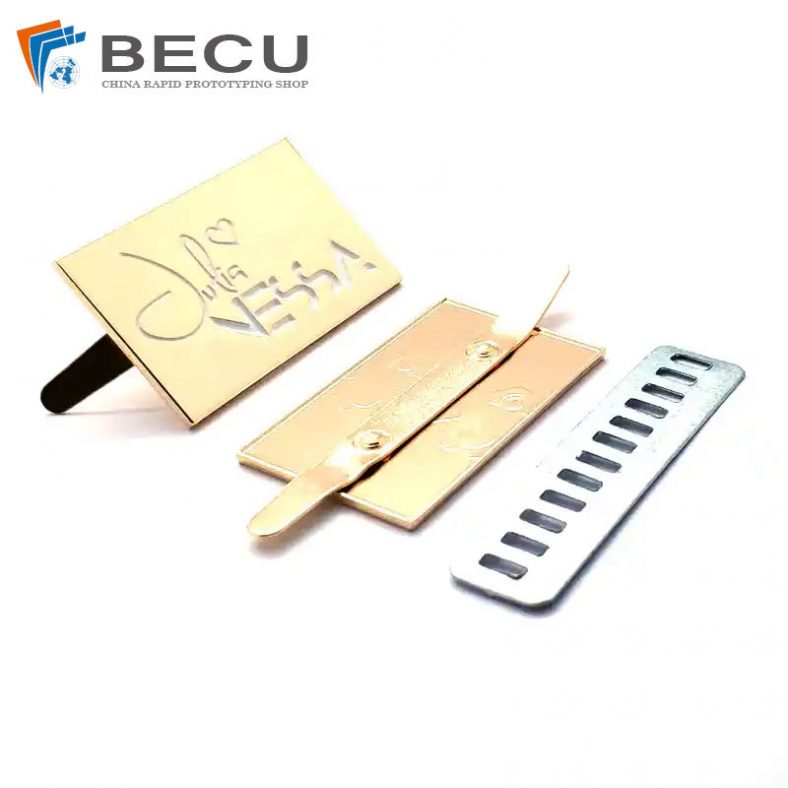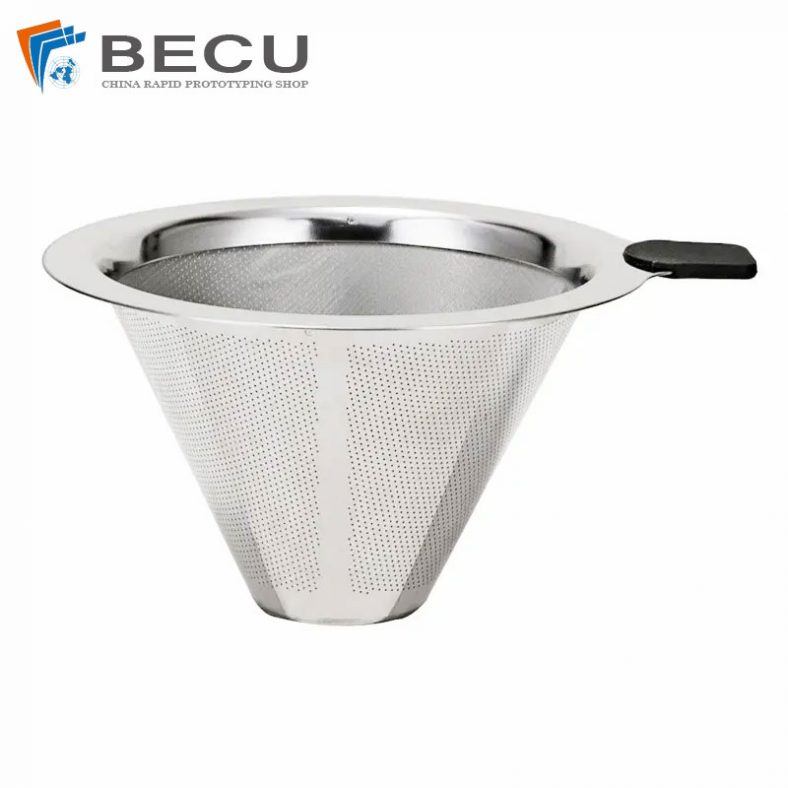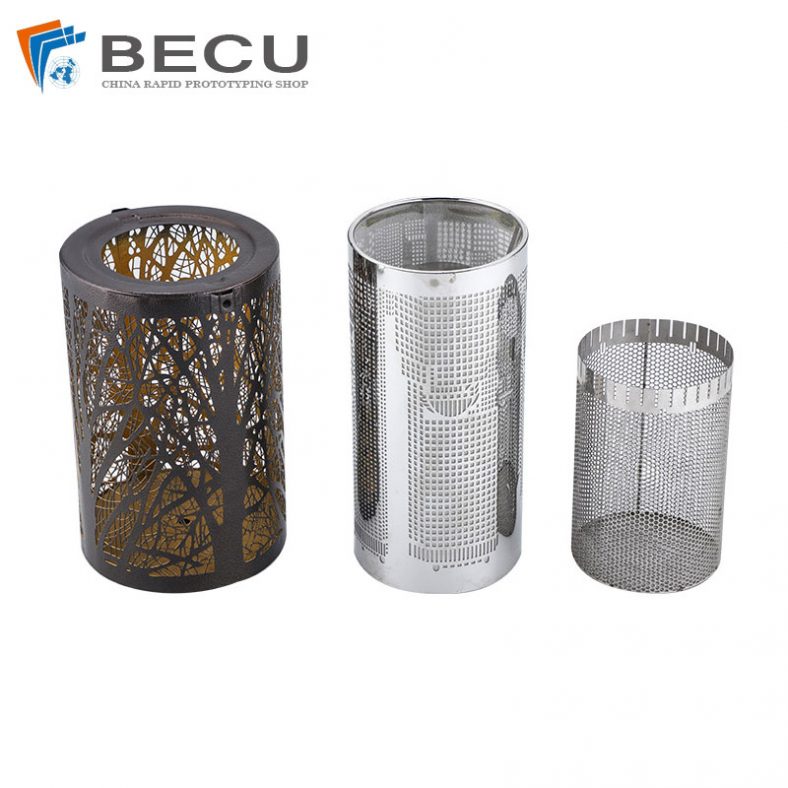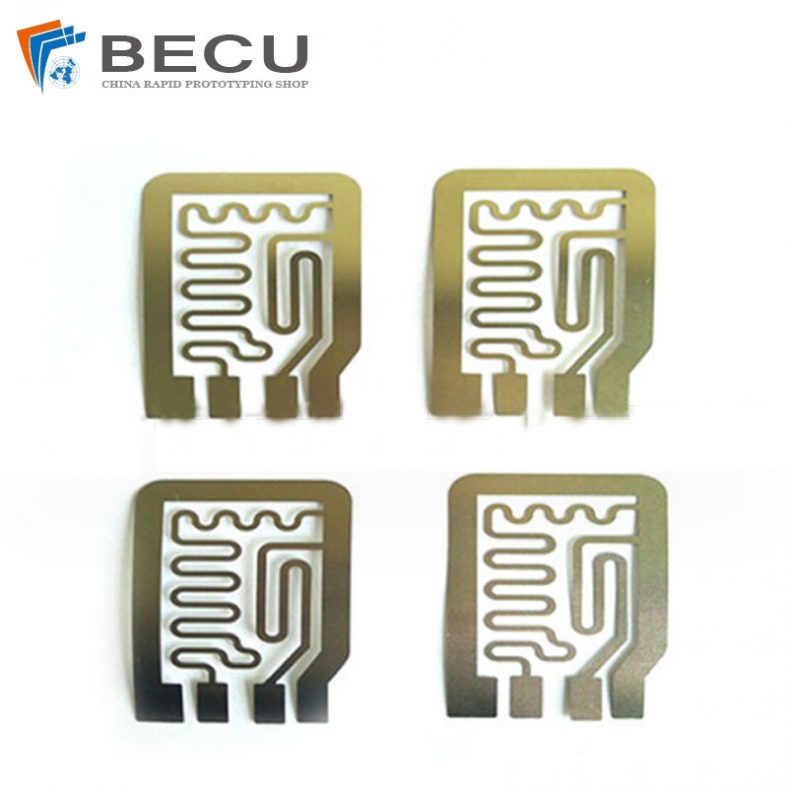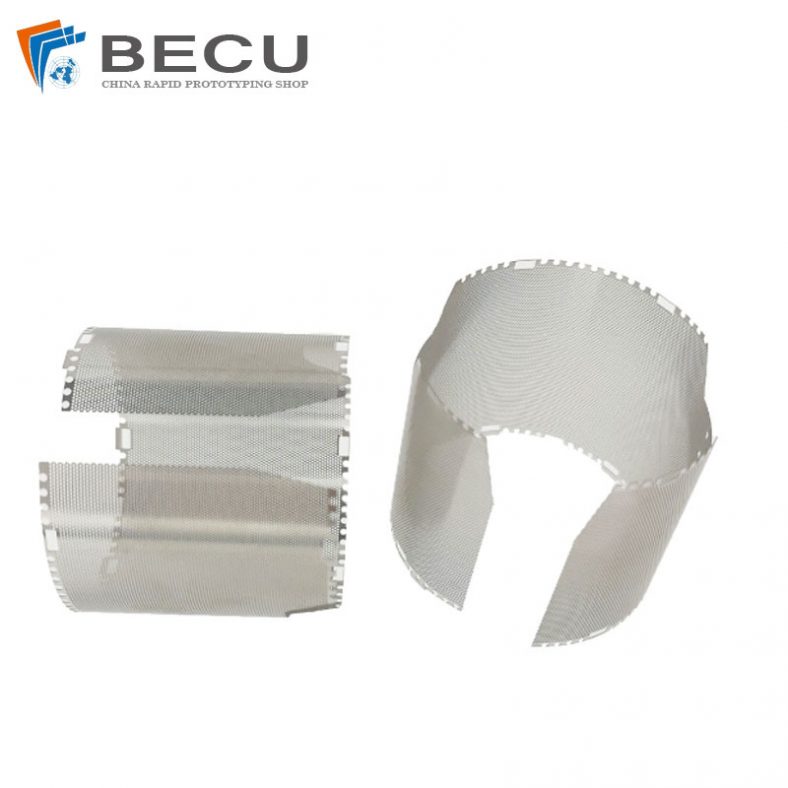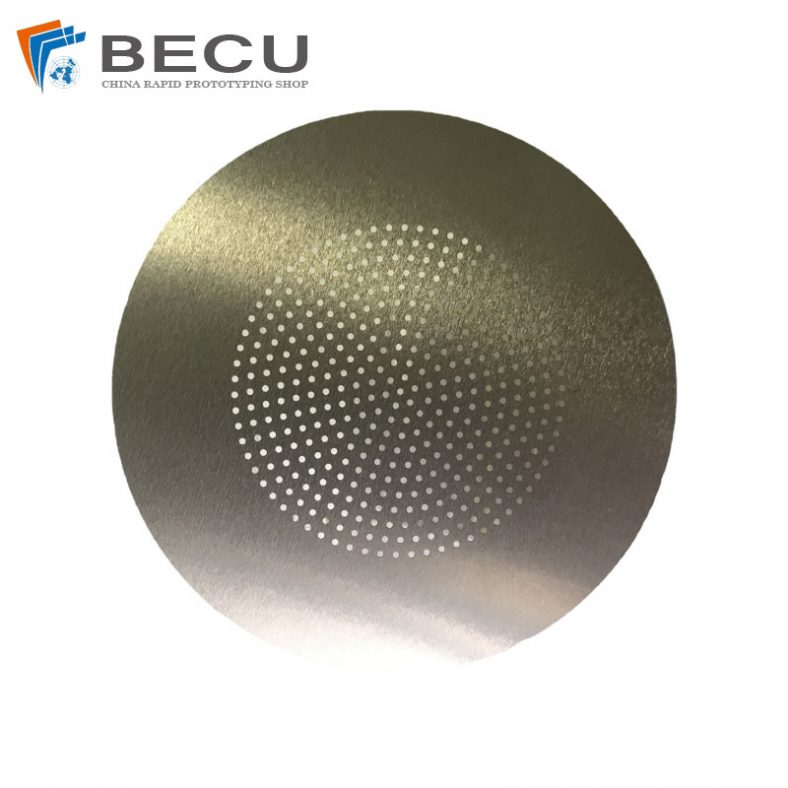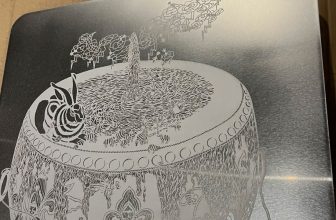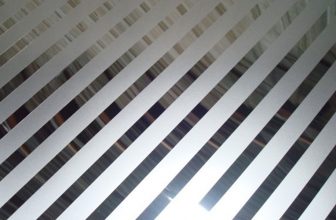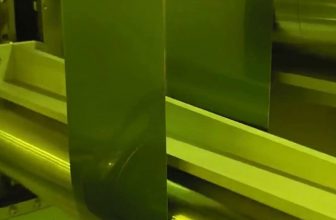Etching is a process used to create designs on metal surfaces by selectively removing material, often utilizing acids or other corrosive substances. Galvanized metal, which is steel coated with a layer of zinc to prevent rust, poses unique challenges for etching due to its protective coating. Vinegar, an acetic acid solution, offers a relatively simple and accessible method for etching galvanized metal.
Materials Needed
- Galvanized metal surface (e.g., sheet or plate)
- White vinegar (5% acetic acid)
- Protective gloves
- Safety goggles
- Brushes or sponges (optional)
- Masking tape (optional)
- Protective sealant (optional)
- Water and soap for cleaning
Procedure
Preparation:
Clean the galvanized metal surface thoroughly with water and soap to remove any dirt, grease, or contaminants. Dry the surface completely.
If necessary, mask off areas of the metal that should not be etched using masking tape.
Application of Vinegar:
Pour white vinegar into a container or spray bottle. Ensure that the vinegar used is of a concentration suitable for etching; typically, household vinegar with 5% acetic acid is effective.
Apply vinegar to the surface of the galvanized metal. This can be done by brushing, sponging, or spraying the vinegar onto the metal. Ensure an even application to achieve a uniform etching effect.
Etching Process:
Allow the vinegar to sit on the metal surface for a period of time. The duration may vary depending on the desired depth of the etching and the thickness of the zinc coating. Typically, this can range from several minutes to a few hours.
During this time, the acetic acid in the vinegar reacts with the zinc coating, leading to its gradual removal and the creation of a textured or patterned surface.
Monitoring and Rinsing:
Regularly check the progress of the etching. If necessary, reapply vinegar to areas that require further etching.
Once the desired level of etching is achieved, rinse the metal thoroughly with water to remove any residual vinegar and stop the etching process.
Post-Etching Care:
After rinsing, dry the metal surface completely.
If desired, apply a protective sealant to the etched areas to prevent further corrosion or damage.
Safety Considerations
- Always wear protective gloves and safety goggles when handling vinegar to prevent irritation or injury.
- Work in a well-ventilated area to avoid prolonged exposure to vinegar fumes.
- Dispose of used vinegar and cleaning materials in accordance with local regulations.
Conclusion
Etching galvanized metal with vinegar is a straightforward method that utilizes the mild acidity of vinegar to remove the zinc coating from the metal surface. This process allows for the creation of custom designs or patterns on the metal. By following proper preparation, application, and safety procedures, one can achieve effective and aesthetically pleasing results.

